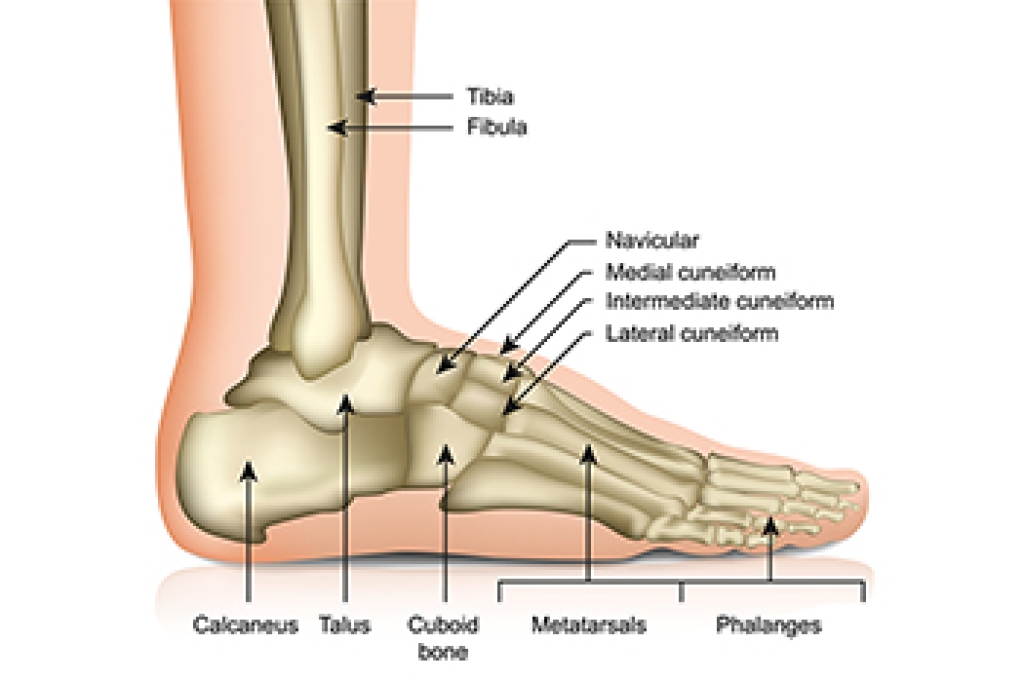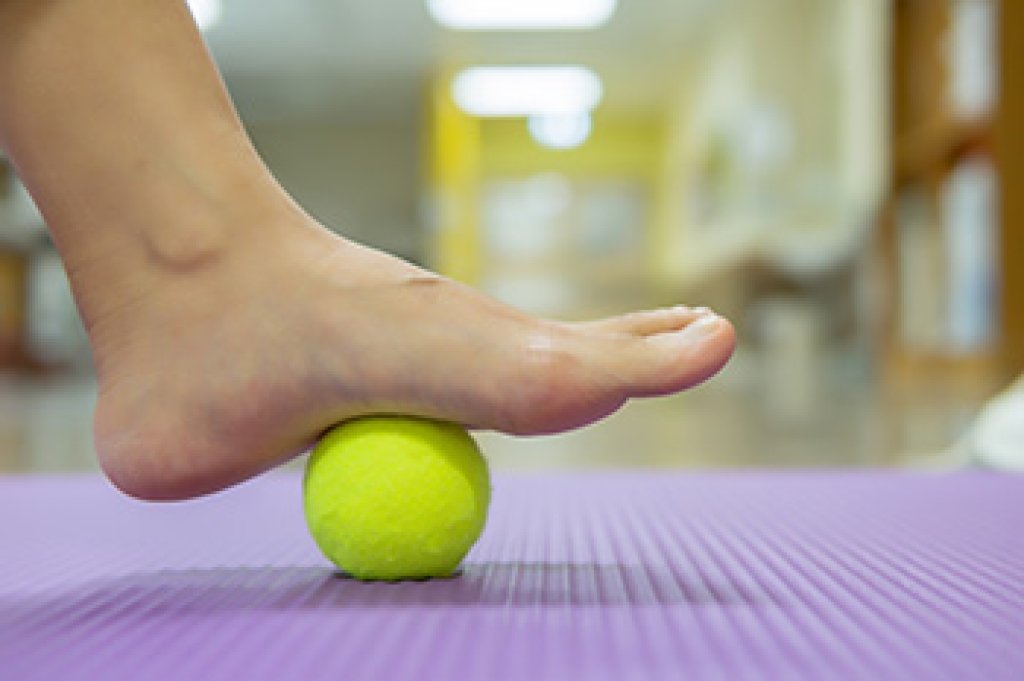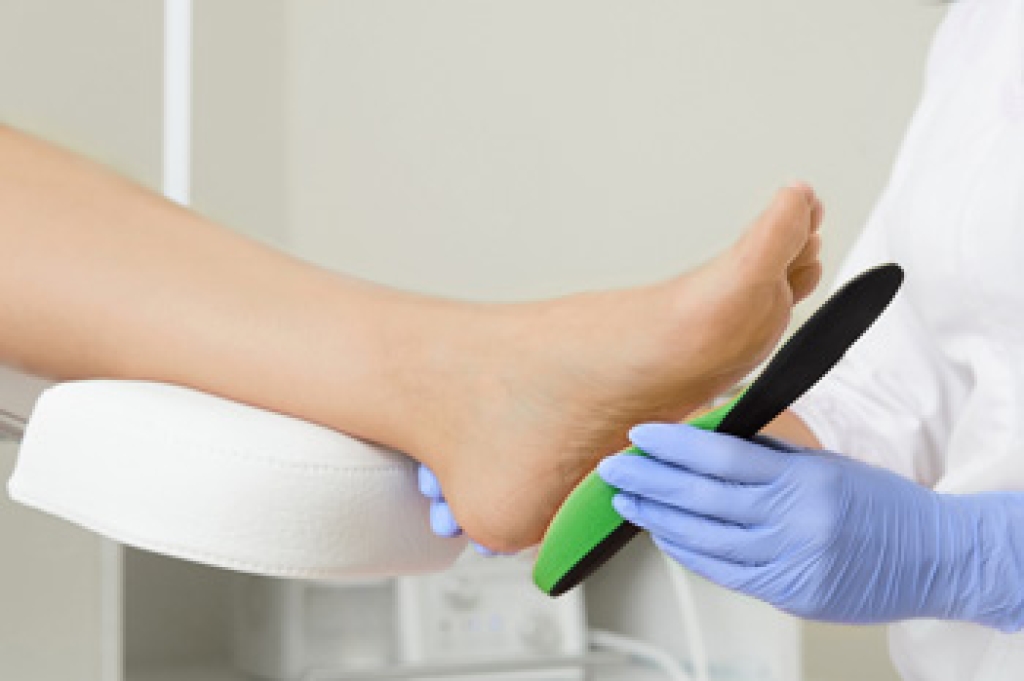
The human foot is a marvel of engineering, with a complex network of 26 bones working seamlessly in unison to support our body weight and enable a wide range of movements. These bones can be categorized into three main groups, known as the tarsal bones in the ankle, metatarsals in the arch, and phalanges in the toes. Tarsal bones provide the foot's stability and shock-absorbing capacity. They bear the weight and help transmit the forces generated during activities. Metatarsals form the foot's longitudinal arch, creating a flexible structure that acts as a lever during walking, running, and jumping. The phalanges, or toes, contribute to balance and provide dexterity. The biomechanics of the feet rely on an extensive network of muscles, tendons, and ligaments. Together, they allow for precise and controlled movements. When all components function harmoniously, the foot operates efficiently, ensuring that we can walk, run, and stand with stability and grace. Understanding this collaboration among foot bones highlights the importance of proper foot care and maintenance for a lifetime of healthy and pain-free mobility. If you would like additional information about the intricacies of the feet, it is suggested that you consult a podiatrist who can provide you with the information you are seeking.
If you have any concerns about your feet, contact Cary Golub, DPM from New York. Our doctor can provide the care you need to keep you pain-free and on your feet.
Biomechanics in Podiatry
Podiatric biomechanics is a particular sector of specialty podiatry with licensed practitioners who are trained to diagnose and treat conditions affecting the foot, ankle and lower leg. Biomechanics deals with the forces that act against the body, causing an interference with the biological structures. It focuses on the movement of the ankle, the foot and the forces that interact with them.
A History of Biomechanics
- Biomechanics dates back to the BC era in Egypt where evidence of professional foot care has been recorded.
- In 1974, biomechanics gained a higher profile from the studies of Merton Root, who claimed that by changing or controlling the forces between the ankle and the foot, corrections or conditions could be implemented to gain strength and coordination in the area.
Modern technological improvements are based on past theories and therapeutic processes that provide a better understanding of podiatric concepts for biomechanics. Computers can provide accurate information about the forces and patterns of the feet and lower legs.
Understanding biomechanics of the feet can help improve and eliminate pain, stopping further stress to the foot.
If you have any questions please feel free to contact our offices located in Williston Park, and Long Beach, NY . We offer the newest diagnostic and treatment technologies for all your foot and ankle needs.




